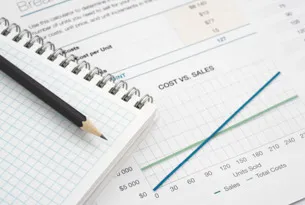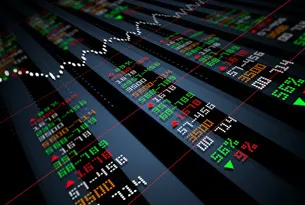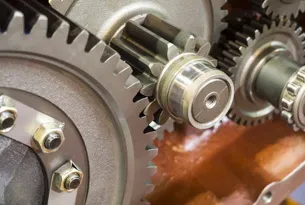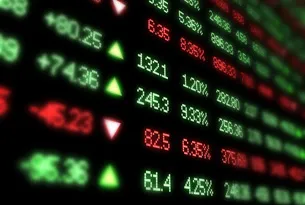Chart patterns can provide critical knowledge about the actions of buyers and sellers, says Toni Turner, covering a few that bear close study because of their powerful impact on the markets.
I am talking chart patterns with Toni Turner. Toni, chart patterns, why are they important and how do we recognize them?
Recognizing chart patterns does take a while of looking at charts and just staring at them. First of all, say I am looking for head-and-shoulders patterns and top reversals. I am looking for double tops and I am looking for double bottoms.
Identify the chart pattern and then keep going through charts; maybe it is a daily chart, maybe it is a succession of daily charts, maybe it’s weekly charts, monthly charts, or even intraday charts. You have to keep staring at them. Look on each chart—is there one here or is there one here—until your eyes start to recognize them.
Now many people say “Well, chart patterns aren’t that important.” Really, what chart patterns are is human behavior on a screen. There’s no two of them alike, so we can’t so “Oh, that is exactly the way it happened (in the past);” Nothing in the stock market ever happens the way it happened before.
So we can get the basic characteristics locked in our head and then know psychologically what the patterns tell us so that we can evaluate them and use them to make decisions.
Like, at one point we were talking about a double top, and the psychology behind that is really pretty simple when you think about it: If price comes up and makes a high and then retraces or comes back down, now it is the buyer’s job to come up and buy the stock at a price higher than the high before. Are they willing to do this?
When price comes up and meets the prior high, if people are willing to pay more for the stock at that time, then we will say the uptrend continues. But if they say “no way,” that tells us traders and maybe investors that price is not going higher right now and perhaps it is time to raise our stops or even take our profits.
So that pattern, the double top pattern, is very powerful. I have seen it turn markets around in a big, big way and send them south.
Conversely, double bottoms will send the market much, much higher, so they are very powerful patterns that can tell us a lot and certainly help us when it comes to trading and even investing.
How about the head and shoulders pattern with the neckline?
Got to have that neckline! Head and shoulders is a funny pattern, because so many people think—and it is—that it is a top reversal pattern and it looks just like the stock is moving in an uptrend. It comes up and makes a new high and forms the left shoulder.
It comes back to a support area, pulls back, and then moves up and makes a much bigger high. This is all the Johnny-come-latelies who go, “Oh, missed it and need to get in. I know the stock moved up forever and ever, pulled back, and this is my chance.” So they get in and everybody else in the market got in and it took the stock way up. You make a big head that way.
Then price comes back down to that original support that we made with the first shoulder. Then the smart money says “I know what this is; I see it coming” and they start selling short. Other people take profits, and it comes back down to this line—it is not always horizontal, but usually something like that.
Now we make the right shoulder. Now the late, late, late show people come in and say “Okay, now I am going to buy the stock here because it pulled back and it held there.” They make the right shoulder; notably though, the volume is less on the right shoulder, as people are saying, “No, this isn’t as good as it looks.”
Now when price crosses down below that neckline, that is many, many people’s signal to sell.
One thing that people have to know to look at is prior price action. Is it shallow going up or is it steep going up, and for how long has it been going up? Because to add to the fun of all this, a head-and-shoulders can simply be a continuation pattern that actually when the neckline is maybe penetrated for a few days, price can come right back up.
I saw that happen last year in 2010 on the S&P; come right back up and shoot much higher. So we cannot assume it is a top reversal pattern; we have to be very careful with our trades, and very diligent.







































